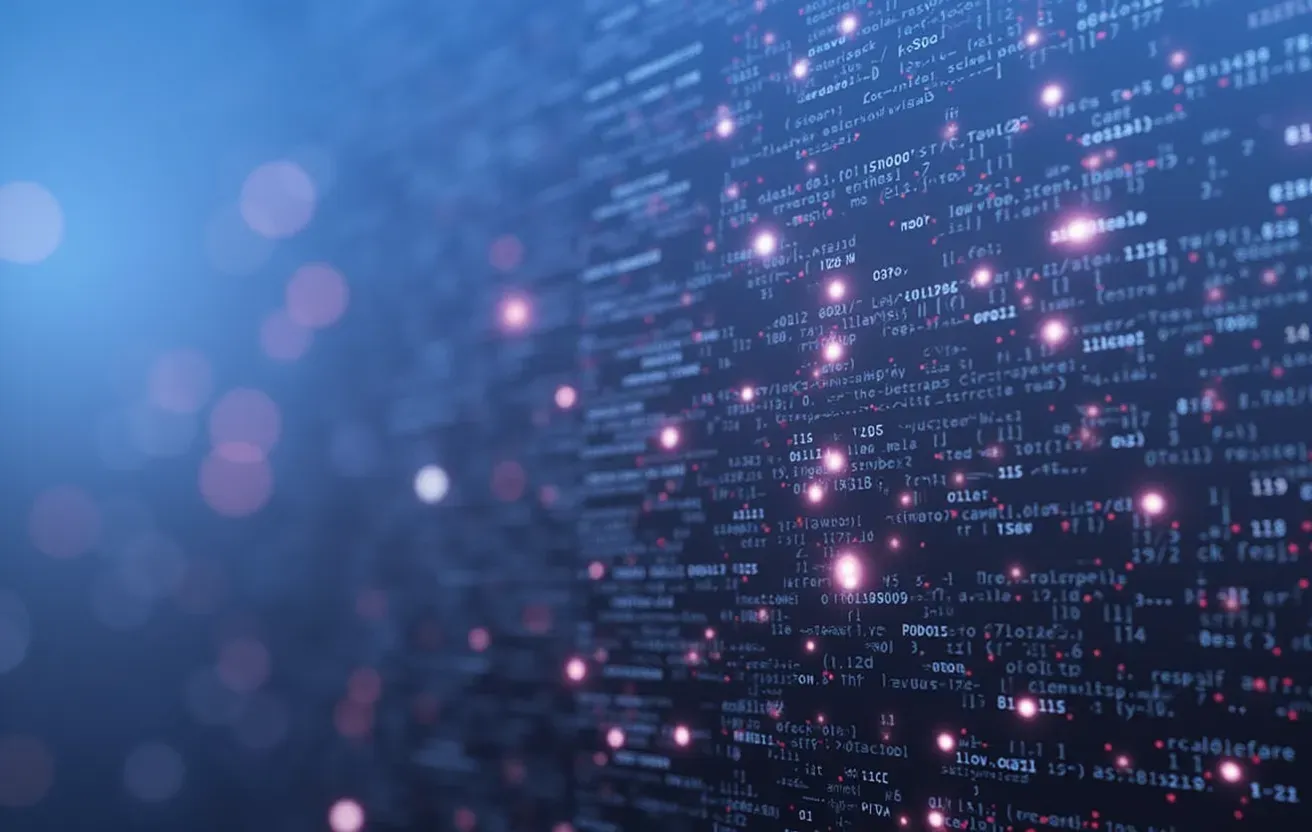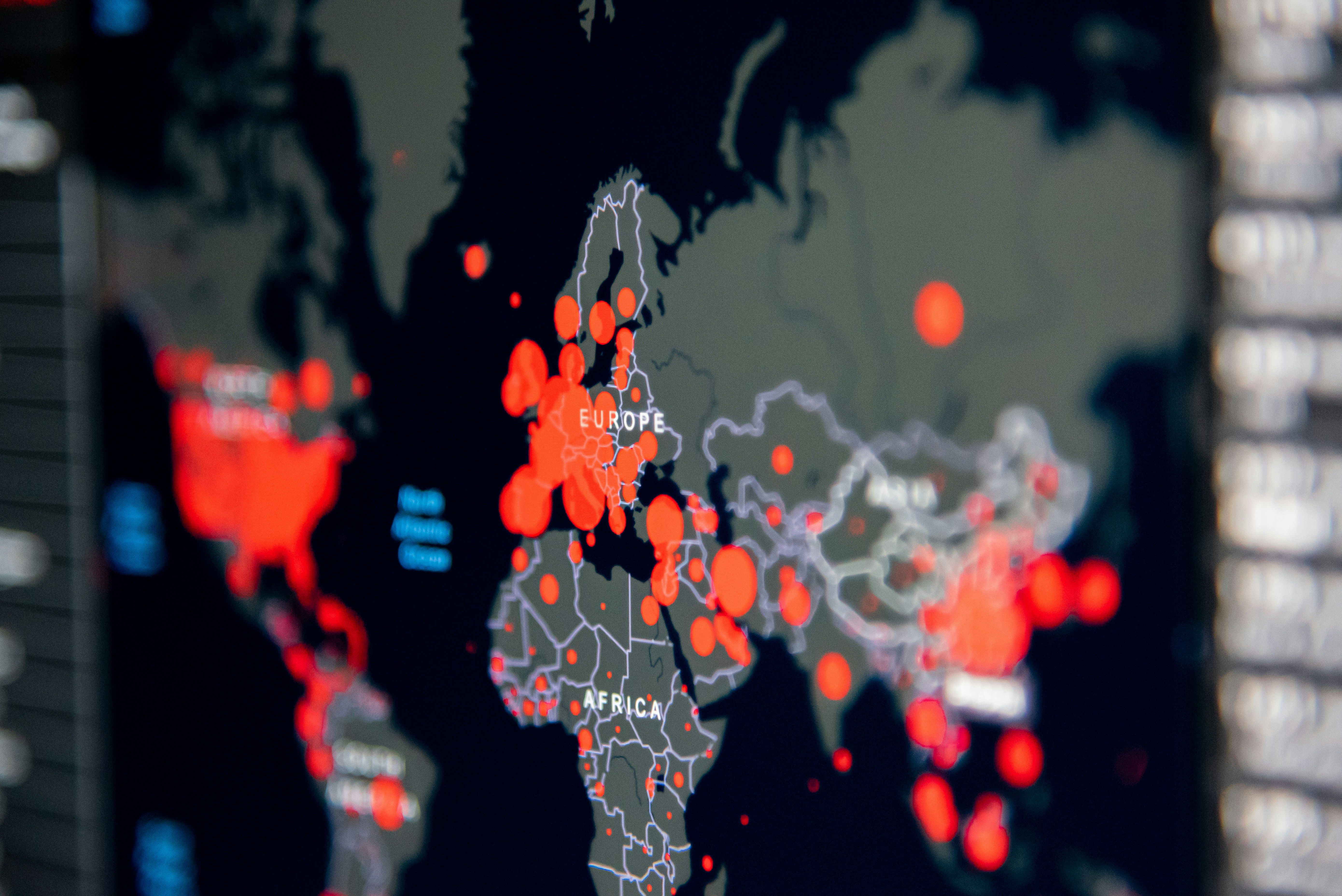The Rise of AI Agents in Cyberattacks: Latest Research and Threats
In the rapidly evolving cybersecurity landscape, a new threat is emerging that security experts have been warning about: AI-powered cyberattacks orchestrated by autonomous agents. Researchers have already demonstrated that AI agents are capable of executing complex attacks, with companies like Anthropic observing their Claude LLM successfully replicating attacks designed to steal sensitive information [1]. This isn't just theoretical anymore, the first confirmed cases are already appearing.

The Current Threat Landscape
While cybercriminals are not yet deploying AI agents to hack at scale, researchers like those at Palisade Research have developed systems like LLM Agent Honeypot to detect and study these emerging threats. Since October, they've logged over 11 million access attempts, identifying eight potential AI agents with two confirmed ones originating from Hong Kong and Singapore [1]. This research provides valuable early warning signals about how attackers might deploy AI agents in real-world scenarios.

According to CrowdStrike's 2024 Threat Hunting Report, AI technology is making it potentially easier and faster for cybercriminals to carry out attacks, effectively lowering the barrier to entry for some threat actors [4]. This democratization of attack capabilities is particularly concerning as it expands the pool of potential attackers.
Multi-Agent Attack Scenarios
One of the most alarming developments is the emergence of multi-agent attack systems. With multi-agent AI cyberattacks, attack processes are handled by multiple AI agents working in concert. These can be executed automatically 24/7 without interruption, performing attacks much faster than human operators [3].
Security experts are "bracing for an escalation to multimodal attacks, where hackers simultaneously manipulate text, images, and voice to craft more elusive threats," according to industry analysts [10]. Another concerning frontier is "the exploitation of autonomous AI agents" particularly those integrated into business processes like customer support and marketing.

Emerging Attack Methodologies
Recent research has identified several specific ways AI agents are being weaponized:
Credential Stuffing Automation
The launch of AI tools like OpenAI's Operator, a new kind of "Computer-Using Agent," is transforming credential stuffing attacks. Unlike previous automated solutions, these agents require no custom implementation or coding to interact with new sites, making them a much more scalable option for attackers targeting a broad range of applications [6]. This significantly reduces the technical barrier to launching such attacks.
Advanced Social Engineering
AI-driven social engineering attacks leverage algorithms to assist in research, creative development, or execution of manipulative attacks. These systems can identify ideal targets, develop convincing personas with corresponding online presences, and automate communication with victims [4]. The personalization capabilities make these attacks particularly effective.
"I think ultimately we're going to live in a world where the majority of cyberattacks are carried out by agents. It's really only a question of how quickly we get there."
— MIT Technology Review
Statistics on AI-Powered Attacks
The numbers tell a concerning story about the rapid growth of AI in the cybersecurity threat landscape:
Deepfake attacks are projected to increase 50% to 60% in 2024, with an estimated 140,000 to 150,000 global incidents. These sophisticated impersonation techniques aren't just random, 75% of deepfakes impersonated a CEO or other C-suite executive, according to security researchers [9].
The financial impact is equally concerning, AI-generated threats are expected to multiply losses from deepfakes and other attacks by 32% to $40 billion annually by 2027. Almost half (48%) of security professionals believe AI will power future ransomware attacks, which already cost companies an average of $4.45 million per incident [9].
Defense Strategies Evolving
While the threat landscape is evolving rapidly, defensive capabilities are also developing. Security experts emphasize several key approaches: understanding the effectiveness of current controls against emerging AI-based attacks, improving security measures, developing solid defenses, and raising community awareness about new techniques [5].
For defending against multi-agent AI attacks, the security community is exploring the use of counter-AI agents. Research is underway on systems where defensive AI agents are deployed on each computer in a company network, working together to detect and respond to threats in real-time, though such countermeasure technology is still in its infancy [3].

AI vs. AI: The Coming Arms Race
95% of security professionals anticipate that adopting AI cybersecurity tools will strengthen their security efforts. Industry experts predict that countering AI cyberattacks will become a long-term battle of "AI vs. AI" as both offensive and defensive capabilities continue to advance [9]. This technological arms race is likely to define cybersecurity for years to come.
Looking Ahead: The Future Battlefield
Reed McGinley-Stempel, CEO of identity platform startup Stytch Inc., notes that while "AI should improve cybersecurity if used for the right reasons," the technology is moving "much faster on the other end, with attackers realizing that they can use agentic AI means to gain an advantage" [2].
It's important to recognize that current defenses against adversarial AI attacks are incomplete at best. The National Institute of Standards and Technology (NIST) has identified various types of attacks that can manipulate AI system behavior, but acknowledges there's no foolproof method yet for protecting AI from misdirection [8].
The Path Forward
As we navigate this new frontier of AI-powered threats, a multi-faceted approach is required:
- Continued Research: Expanding honeypot and detection systems to identify and analyze emerging AI agent attack methodologies [1].
- Cross-Industry Collaboration: The entire ecosystem, including governments and leading technology players, should synergize to support research centers, startups, and enterprises focused on the intersection of AI and cybersecurity [5].
- Defensive AI Development: Accelerating the development of AI systems specifically designed to detect and counter autonomous agent attacks [7].
- Regulatory Frameworks: Creating appropriate guidelines for the responsible development and deployment of AI agents.
As Mark Stockley from Malwarebytes noted, we're heading toward a world where AI agents will conduct most cyberattacks, the question is just how quickly we'll get there [1]. The cybersecurity community's ability to adapt to this reality will determine how prepared organizations are for this new class of threats.
References
- "Cyberattacks by AI agents are coming," MIT Technology Review, 2025, [Online]
- "AI agents may lead the next wave of cyberattacks," SiliconANGLE, 2024, [Online]
- "Cybersecurity Frontiers: Cyber Attacks and Emerging Trends in AI Generation," NTT DATA Group, 2025, [Online]
- "AI-Powered Cyberattacks," CrowdStrike, [Online]
- "AI Agents in Cybersecurity: The Augmented Risks We All Need to Know About," World Economic Forum, 2024, [Online]
- "How New AI Agents Will Transform Cybersecurity," The Hacker News, 2025, [Online]
- "What Does 2024 Have in Store for the World of Cybersecurity?" World Economic Forum, 2024, [Online]
- "NIST Identifies Types of Cyberattacks That Manipulate Behavior of AI Systems," NIST, 2024, [Online]
- "Top 40 AI Cybersecurity Statistics," Cobalt, [Online]
- "Cyber Insights 2024: Artificial Intelligence," SecurityWeek, 2024, [Online]
Test-Time Training Layers: The Next Evolution in Transformer Architecture
A simple guide to how Test-Time Training layers are revolutionizing AI models with improved efficiency and expressiveness
Breakthrough: Large Language Models Pass the Turing Test
Recent research shows how advanced AI models have achieved a milestone by passing the classic Turing Test, transforming our understanding of machine intelligence
Discuss This with Our AI Experts
Have questions about implementing these insights? Schedule a consultation to explore how this applies to your business.